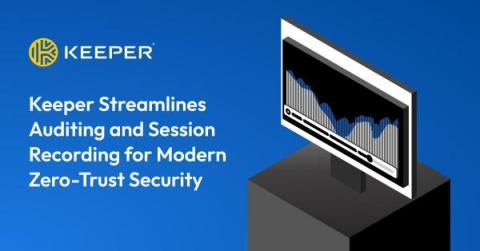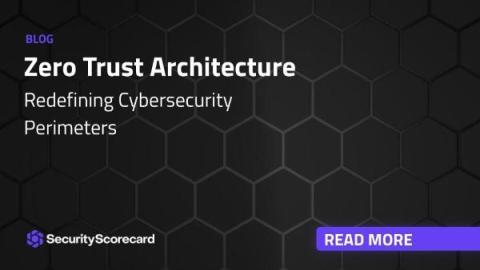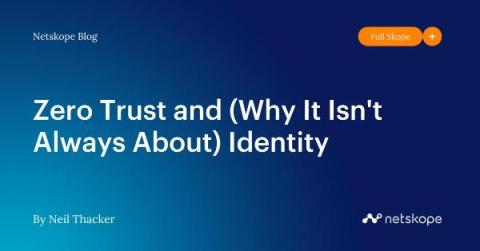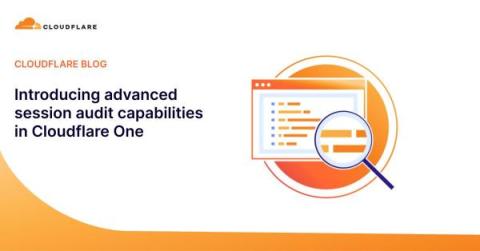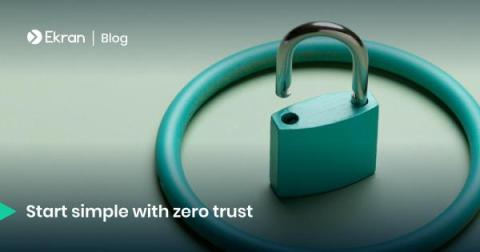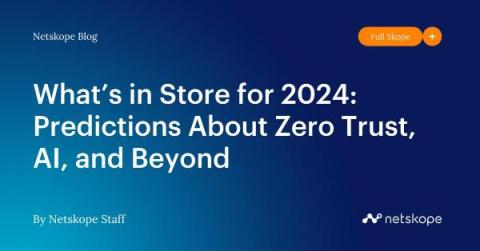Keeper Streamlines Auditing and Session Recording for Modern Zero-Trust Security
Keeper Connection Manager (KCM) provides teams with instant remote access capabilities via a secure session, directly from a web browser. Gartner identifies several core Privileged Access Management (PAM) capabilities including monitoring and auditing, as well as privilege elevation and delegation. KCM provides Privileged Account Session Management (PASM) with support for RDP and SSH desktop protocols, database connections and session recording.


